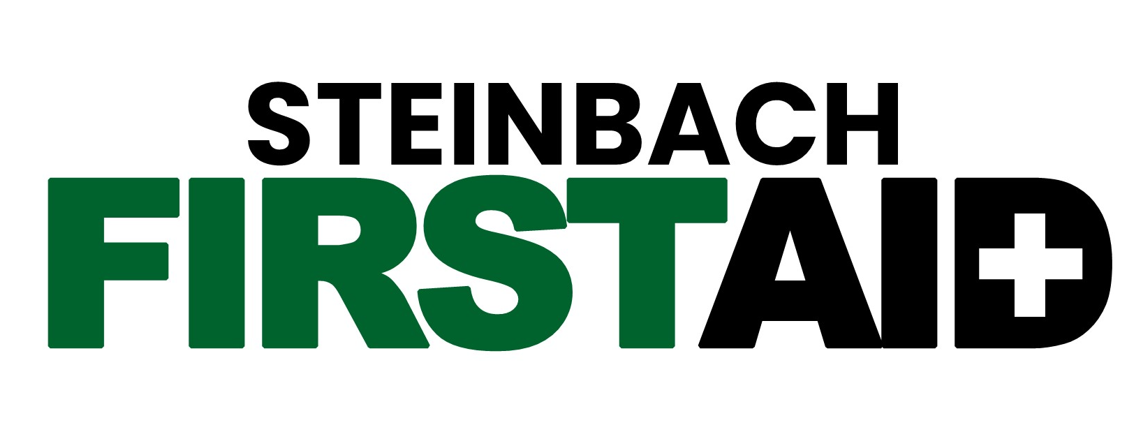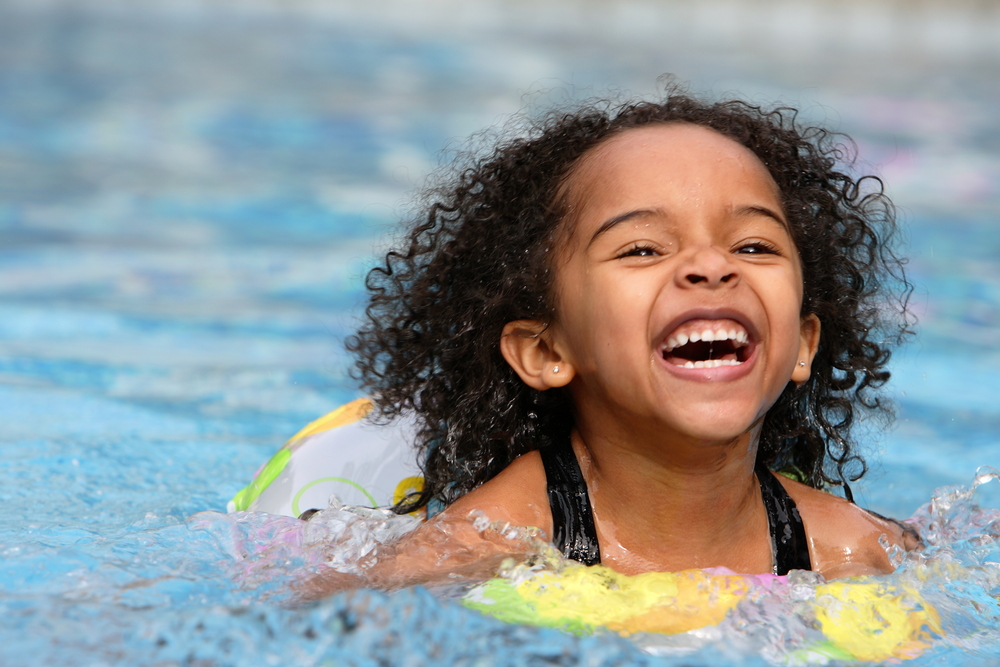Did you know that one of the leading causes of death in children ages 1 to 4 is drowning? Carefully supervise your children, secure the area around your backyard pool and teach your children about water safety. This can help prevent serious injuries and death.
Supervising Children
Keep young children and inexperienced swimmers in view and within arm’s reach at all times when they are in water. This will reduce the risk of serious injury.
Carefully supervising your children while they are swimming or playing in or near water is necessary at all times. Children should be closely monitored even when they use swimming aids such as armbands, floating seats, water wings and neck rings. These devices are not intended to save lives. Swimming aids can give a false sense of security, which could result in a lack of proper supervision. Careful supervision is essential to keep children safe.
Here are some more tips to help keep your children safe around water.
- Help your children learn about water safety by signing them up for a swimming and water safety program, sign yourself up for first aid training to learn basic lifesaving skills.
- Make sure young children and inexperienced swimmers always wear an approved lifejacket or personal flotation device when playing around water. Learn how to find the right lifejacket or personal flotation device for your children.
- Choose a safe place to swim, such as a supervised beach or public swimming pool. Check with your municipality for health and safety notices before wading into the water. This can include warnings about water pollution levels or a strong undertow.
Did you know…
Children can drown very quickly and quietly, even in just a few centimetres of water. Lock access to all water (even shallow portable pools) when an adult is not present.
Pool Safety
Every year children drown in backyard swimming pools. Children ages 1 to 4 are most at risk. Here are a few tips to secure the area around your swimming pool and help keep children safe.
Build a fence:
Many children drown in unsecured backyard pools. Build a fence around your pool to help prevent drowning accidents.
- Build a fence that is at least 1.2 metres high all the way around your pool.
- Check with your town or city to find out the rules for building a pool fence.
- Install a gate that is self-closing and self-latching. The latch should be beyond a child’s reach. Keep the gate locked at all times.
- Keep toys, garden furniture and tools away from the pool fence. Children can climb up on these items to get over the fence and into the pool.
Prepare for pool safety:
Be prepared for pool safety or emergencies.
- Keep lifesaving equipment (such as a safety ring with a rope) and a first aid kit near the pool.
- Keep emergency phone numbers by the telephone closest to the pool.
Clean up after pool time:
After swimming in the pool, make sure you take the time to clean up properly.
- Put toys away after pool time. Leaving toys in or around the pool can tempt children to go get them and put themselves in danger.
- Keep a safety cover on your pool when it is not in use.
Credit: canada.ca

